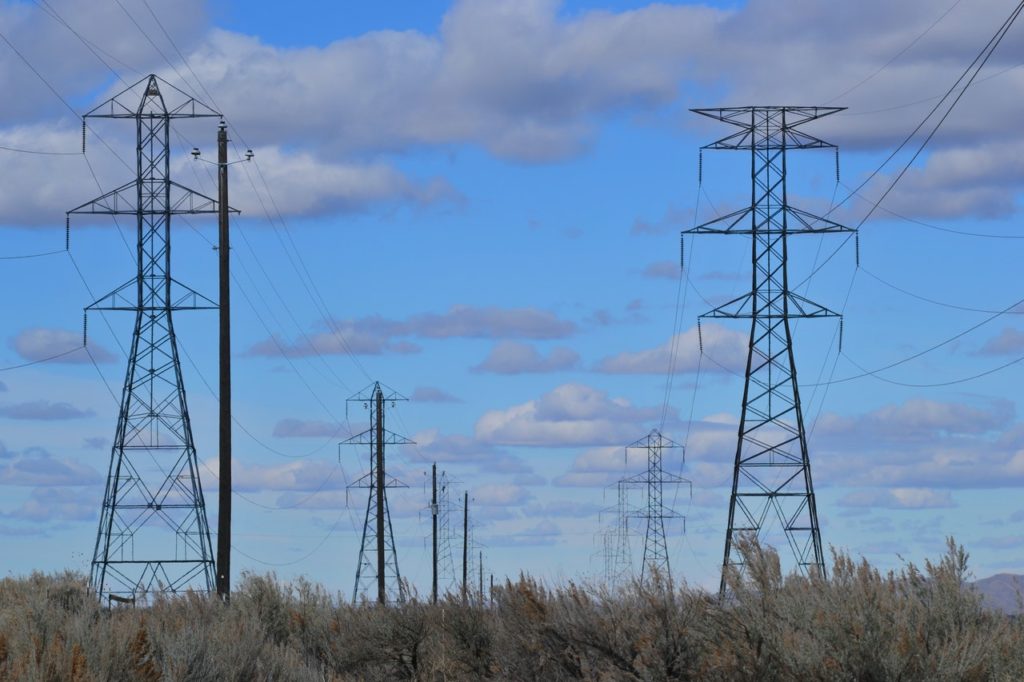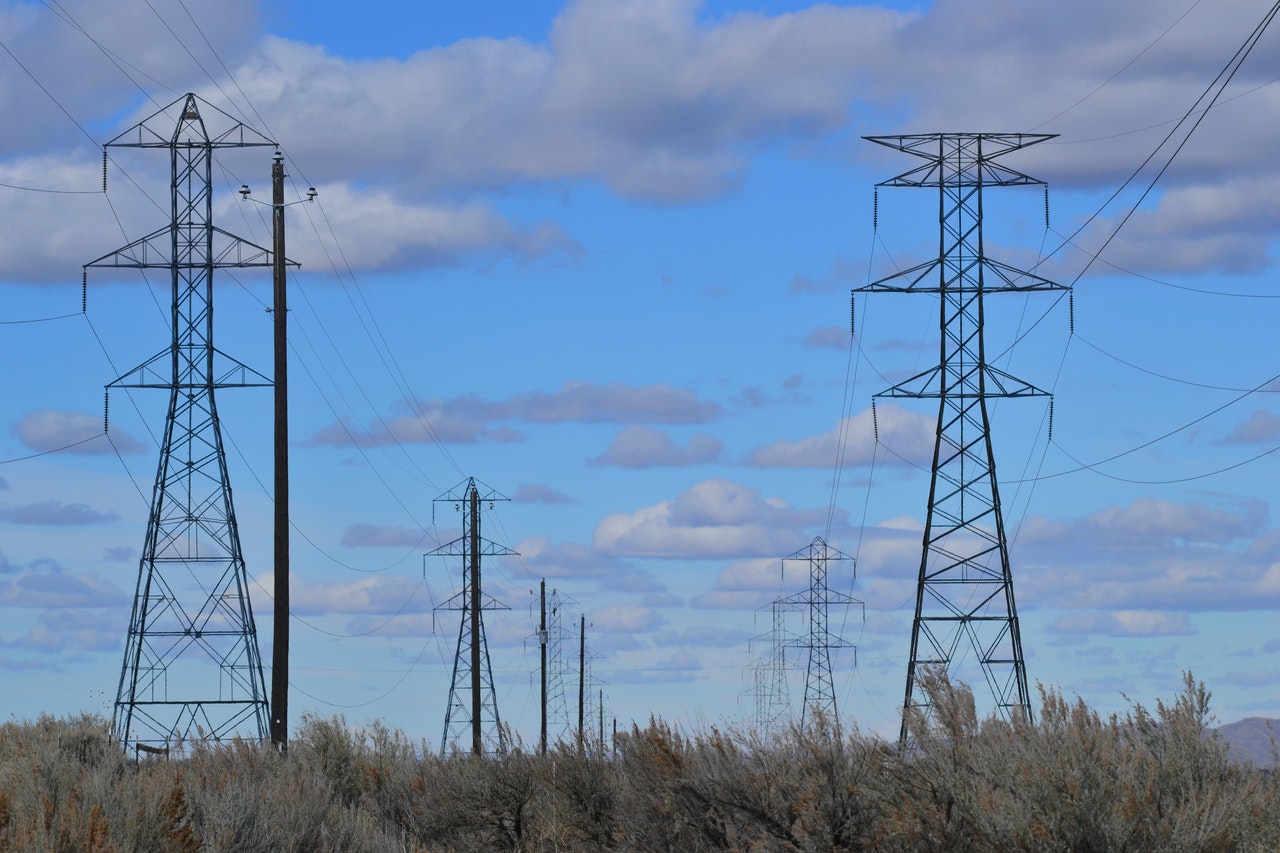
I learned this today. The difference between AC and DC current is that in DC the charge only flows in one direction but in AC it changes direction periodically.
Direct current (DC) was first produced in 1800 by the Italian physicist Alessandro Volta. That is why the volt is named after him. He produced electricity with a voltaic pile, which was an electric battery. It consisted of several pairs of alternating copper and zinc dishes separated by a cloth soaked in brine. The zinc atoms give away electrons and become zinc ions. The ions pass across the salt-soaked cloth to the copper where they steal electrons and become normal zinc atoms again. This means that a lot of electrons are in the zinc and a lot of copper atoms missing electrons are in the copper. When you connect a wire to both ends of the battery, the electrons move, creating electricity.
Up until Volta invented this battery, scientists were using static electricity to do experiments with electricity, and it is a very unstable source of electricity. Volta’s battery provided an extremely reliable and stable source. And this is the main point behind DC. It flows in one direction: from the source to the end point. It is very consistent. Most home appliances these days run on DC because of its reliability.
In 1832, Hippolyte Pixii, a French instrument maker, built a dynamo electrical generator. This uses rotating coils of wire and a magnetic field to generate electricity. Each time the wire passes through the pole of the magnetic field, a current is produced. Pixii discovered that this current reverses with the north and south poles of the magnetic field. He had discovered alternating current (AC).
AC current alternates, which means it goes from zero to fully positive, to zero, to fully negative, and repeats. This means that it is not a consistent source in the way that DC is. Modern fluorescent lights work with AC current. The light glows with the current, dims as the current goes to zero, glows again, then dims again, and so on. It does this 120 times a second. This is too fast for our eyes to see, but if you film it in slow motion, you can see it flicker.
By the 1870s, electricity was being generated in power stations and people were working out ways to use it. The first use was street lighting. It was called arc lighting because it produces light with an electric arc. These lights worked on very high voltage. The next step was in-home lighting, and this is where the light bulb comes in. Thomas Edison had invented the light bulb in 1879. He powered it with DC. The voltages of AC were too high for the light bulb. He started to build power stations to supply DC current for his light bulbs.
It turned out that the biggest difference between AC and DC is how far they can be transmitted over a cable. DC has a lower voltage than AC. When you send electricity along a cable, it meets resistance in the cable. This resistance creates heat and takes energy away from the electricity. If you have a high current, it is going to meet a lot of resistance, and will slowly be wasted away by the cable. if you have a low current, you can send the electricity along cables of 100s of km with very little loss. AC can be stepped up to very high voltages, which means the current is very low. AC is usually transmitted at 110 kV or higher. That is about 1000 times higher than the voltage you get out of your outlet.
If Edison was going to power all of America with DC, he would have to have built power stations on every city block. A single power station could power a whole city if it used AC. The problem was, the AC voltage was too high for machines and it needed to be stepped back down again. This became possible in 1886 when William Stanley invented the first commercial transformer. Power could be sent a long way as AC, then converted to DC to be used in houses.
So, the difference between AC and DC is that DC is electricity that only flows in one direction but AC reverses direction about 60 times a second. It changes direction because it is generated by spinning a wire through a magnetic field. The changing poles of the magnetic field cause the electric current to reverse. AC can be stepped up to very high voltages, which makes it ideal to be transmitted over long distances. The higher the voltage, the lower the current, and the less power is lost to resistance in the wire. At the other end, a transformer steps the current back down so it can be used in a house. And this is what I learned today.
Photo by Brett Sayles from Pexels
Sources
https://simple.wikipedia.org/wiki/Voltaic_pile
https://en.wikipedia.org/wiki/Voltaic_pile
https://en.wikipedia.org/wiki/Alternating_current
https://learn.sparkfun.com/tutorials/alternating-current-ac-vs-direct-current-dc/all
https://www.power-and-beyond.com/whats-the-difference-between-ac-and-dc-power-a-915187/
https://en.wikipedia.org/wiki/Direct_current

